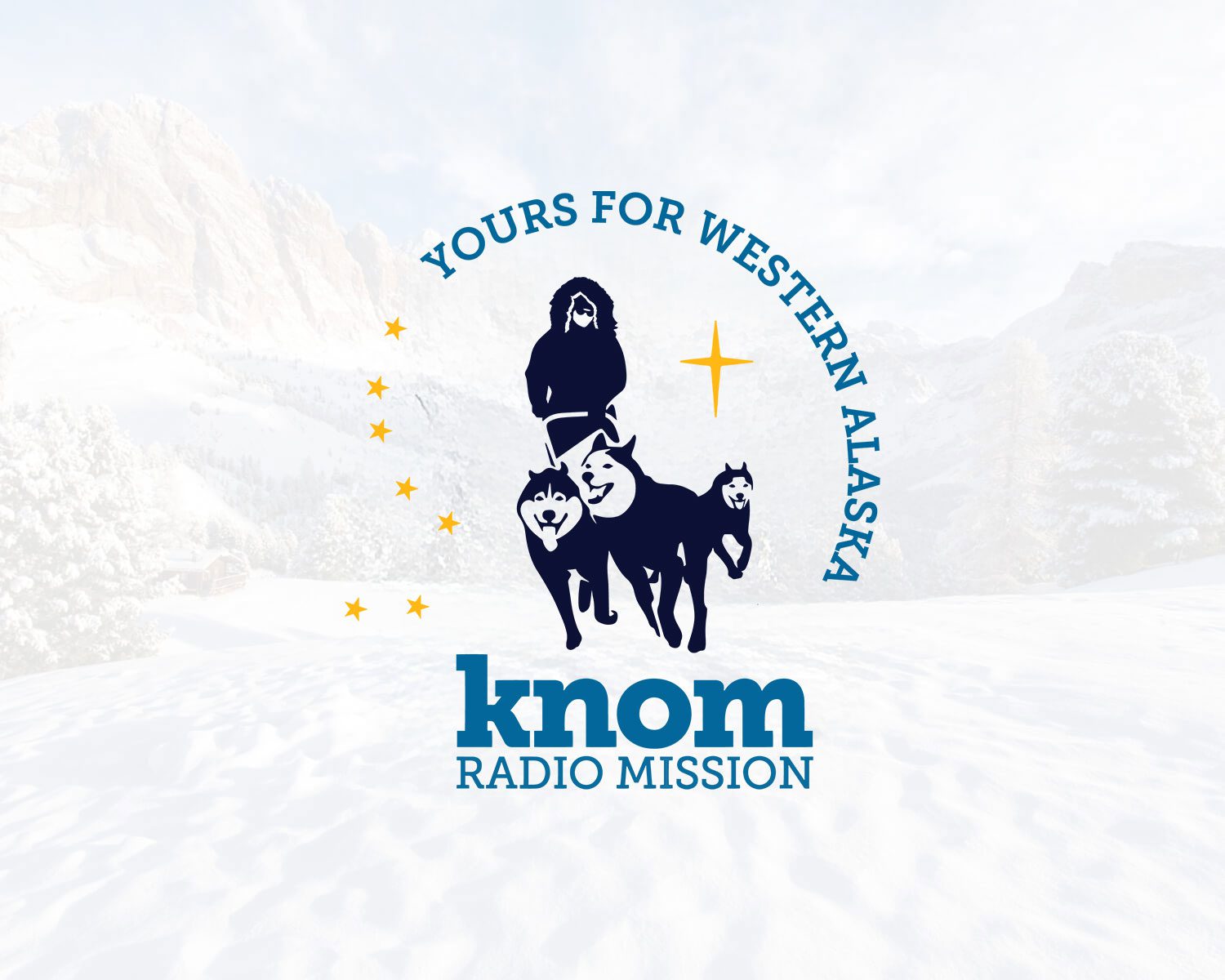A new curriculum, created on St. Lawrence Island, reintroduces traditional Siberian Yupik skin sewing to Alaska schools.
Lydia Apatiki was born and raised on the island. She grew up watching her mother and aunt scrub walrus skins for umiaks (traditional boats) and labor over intricate bird skin parkas.
Bird skin parkas, or atkuks, were traditionally worn by male hunters. Light and warm, an atkuk is sewn with an intricate whip stitch, making it reversible. If the inside of a hunter’s parka got wet from perspiration, he could turn it inside-out.
In subzero temperatures, it would freeze-dry instantly, keeping the hunter warm with a dry parka against his skin.
These sewing projects took weeks to complete. The craftswomen of Gambell who made them were highly respected.
Apatiki first started teaching at the elementary school a half century ago. Her students could only see bird skin parkas in books or behind glass in a museum. They had never smelled one or felt its warmth, and did not know the Siberian Yupik words to describe it. Apatiki decided it was time to learn.

Her aunt, now deceased, spent many hours with her, sewing and teaching. “I told her, maybe I should quit. She scolded me. She said: ‘you started this, and you must finish it.’”
Anthropologist Patricia Partnow, who helped create the curriculum, said “There are many examples in museums, but Lydia is the only person I know who has made one herself using the knowledge from her elders… I don’t know of a comparable curriculum anywhere.”
Photo above: Lydia Apatiki holds up two aangqaqs; hand made game balls. One is made from traditional shaved reindeer leather, the other from industrial leather.







